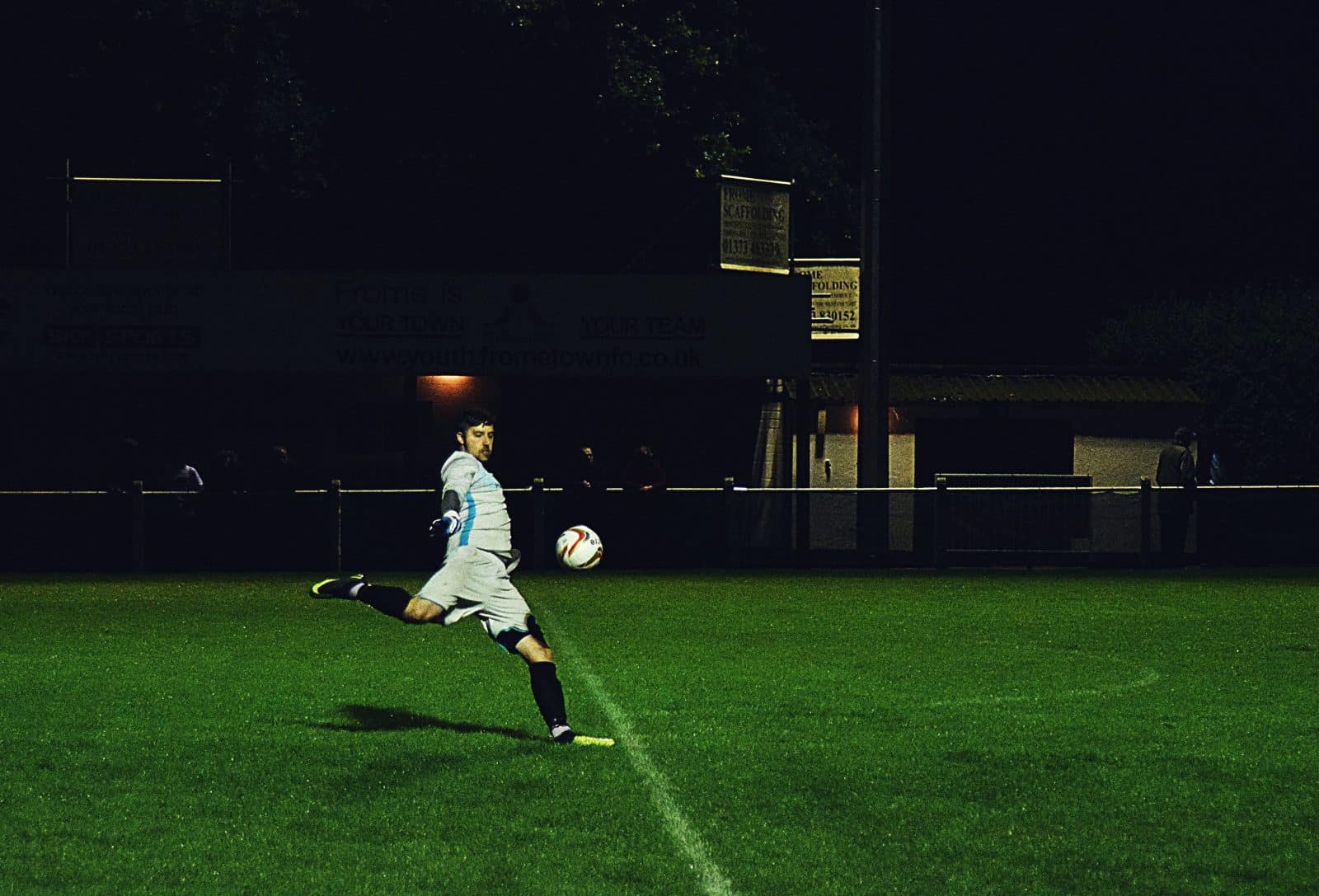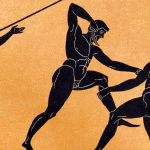The strategic complexity of soccer is a tapestry woven through time by the hands of numerous visionary coaches. It is through their innovations that the game has been irrevocably altered, marking each era with distinctive styles and philosophies.
In the early days, soccer tactics were rudimentary at best. It was a game of brute force and individual flair. However, as the years progressed, so too did the intellectual approach to the sport. The Italian ‘Catenaccio,’ a tactical system emphasizing a strong defensive structure, was introduced in the 1960s. This strategy was characterized by its use of a sweeper – a player positioned behind the line of defenders tasked with cleaning up opposition attacks and initiating counterplays. This approach, once revolutionary, has been adopted and adapted throughout the years, underlining how tactics evolve within the sport.
The Dutch ‘Total Football’ of the 1970s showcased the fluid interchangeability of player positions. Masterminded by Rinus Michels and embodied by players like Johan Cruyff, it was predicated on the concept that any player could take over the role of any other player on the pitch. This system required players to be versatile and intelligent, able to understand the game from multiple positions. It was a stark contrast to the rigid structures of the past and inspired a generation to think about the game from a holistic perspective.
Fast forward to the 21st century, the tiki-taka style of play, which was popularized by FC Barcelona and the Spanish national team, brought a new dimension to soccer tactics. The focus was on ball retention, short passing, and movement. This approach, cultivated by coaches like Pep Guardiola, has been celebrated for its aesthetic and effectiveness and has influenced soccer at all levels.
The global reach of soccer means that these tactics are disseminated, dissected, and often reinvented. Coaches from different continents have been influenced by these tactics, adding their cultural flair and thus diversifying the game even more. The Brazilian ‘Samba style,’ the German ‘Gegenpressing,’ and the English ‘Long-Ball’ are testaments to this blend of global influences.
Off the pitch, technology has also played a role in the evolution of soccer tactics. The introduction of video analysis and advanced metrics has allowed coaches to scrutinize and refine their strategies to an unprecedented degree. These tools have been used to break down the complexities of the game into quantifiable data, which in turn can be used to inform tactical decisions and player development.
The impact of these tactical evolutions is evident in the modern game. Players are now more tactically aware than ever before, able to adapt to various systems and styles. The dynamic nature of the game is reflected in the diversity of play seen across the world’s soccer leagues.
In conclusion, the metamorphosis of soccer tactics is a journey that has been guided by some of the most brilliant minds in the sport. Their legacies are not just in the trophies they have won but in the indelible marks they have left on the very fabric of the game. As the game continues to evolve, so too will the tactics, as future coaches stand on the shoulders of giants, looking to write the next chapter in the beautiful game’s strategic evolution.














